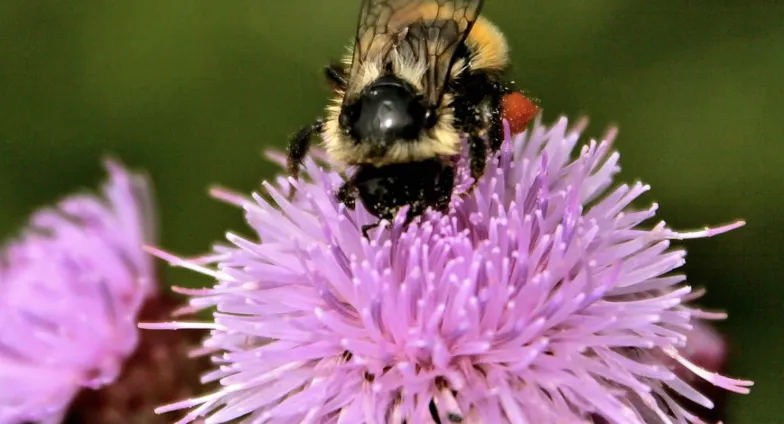Pollinators
CREATE A CERTIFIED HOME POLINATOR GARDEN OR BEE LAWN
NDSU Extension Master Gardener Program is encouraging citizens to build new pollinator gardens and bee lawns or transform existing gardens and lawns! You can have your garden designated as a “Certified NDSU Extension Master Gardener Pollinator Garden.”

